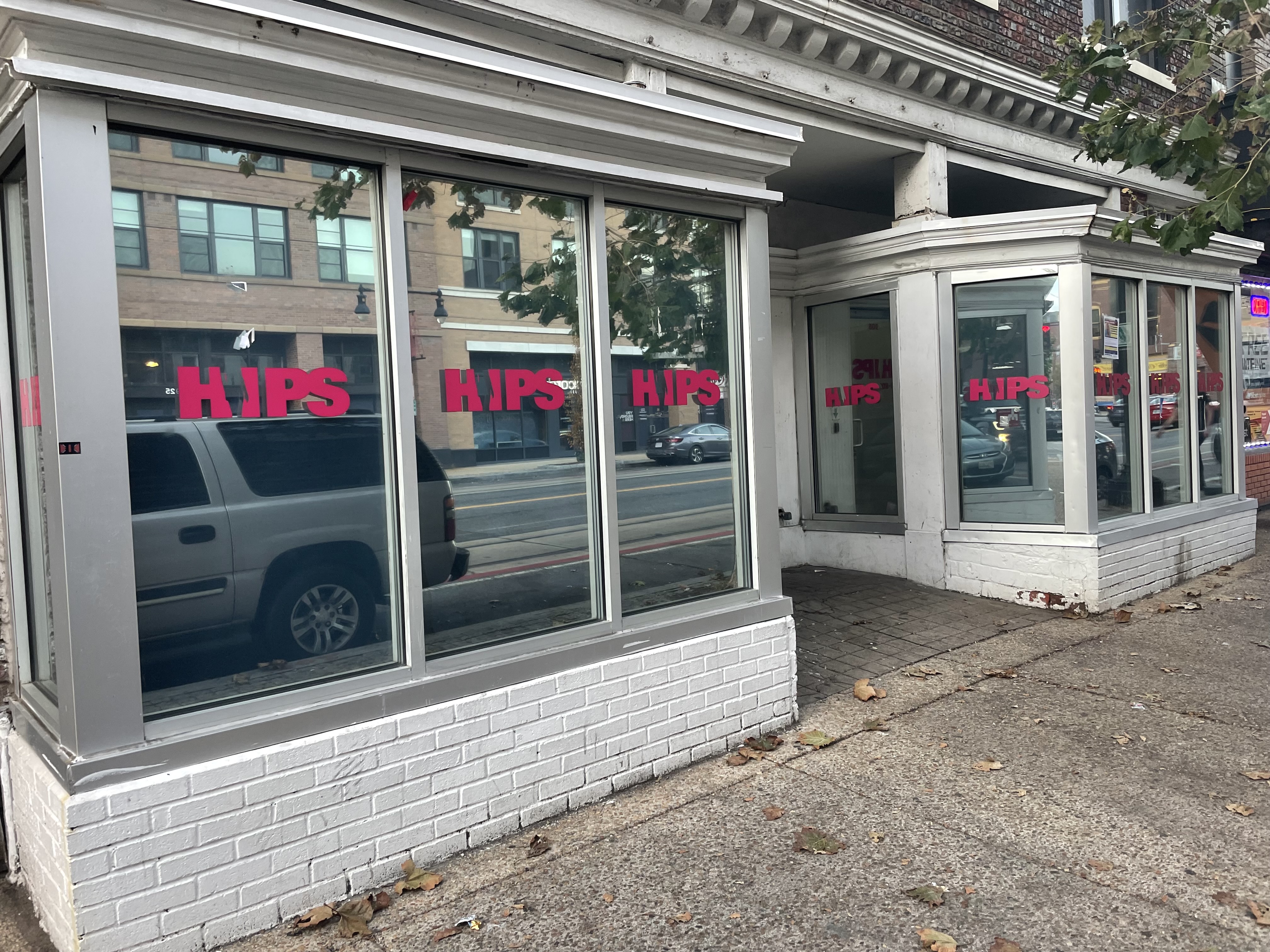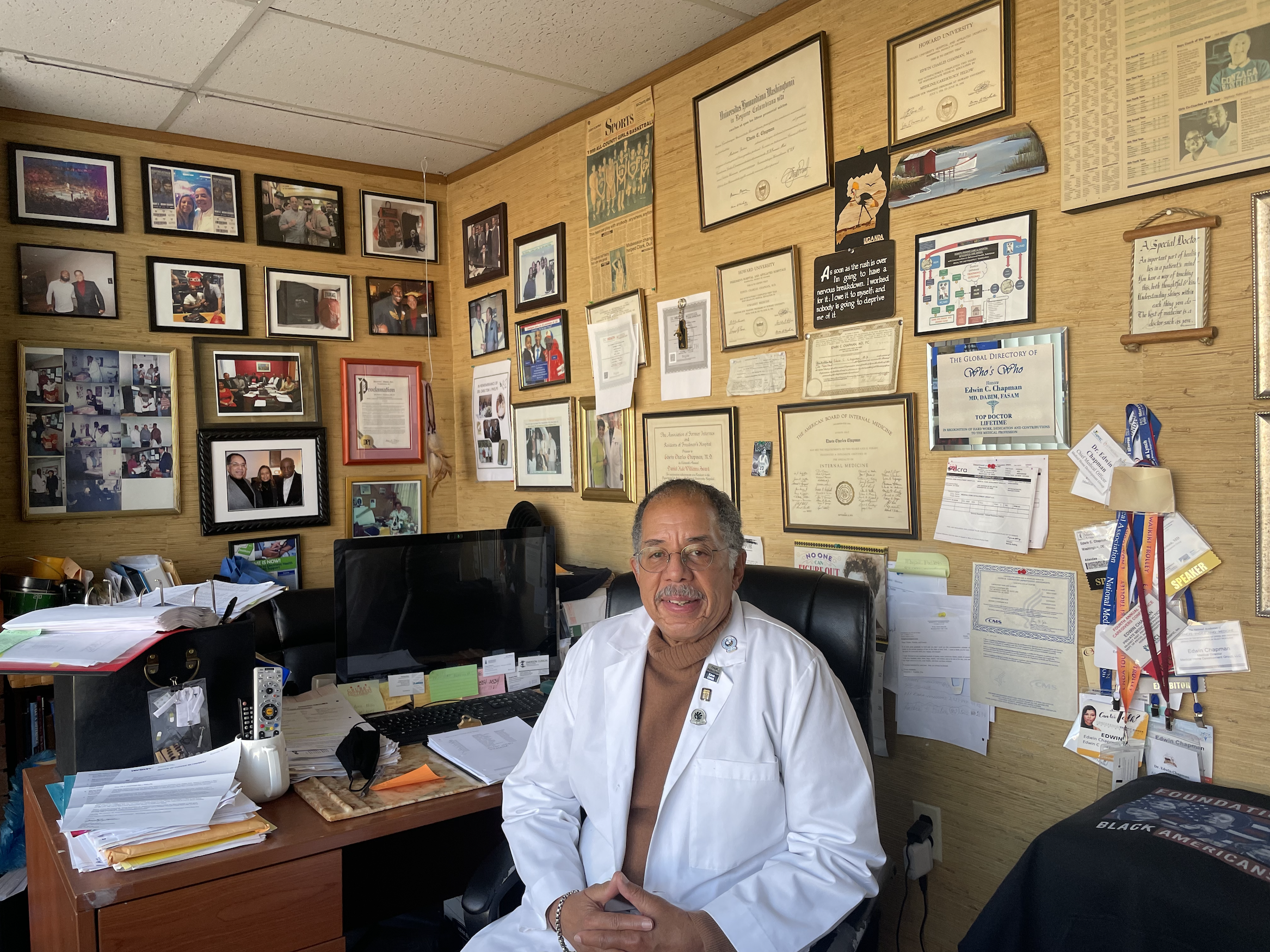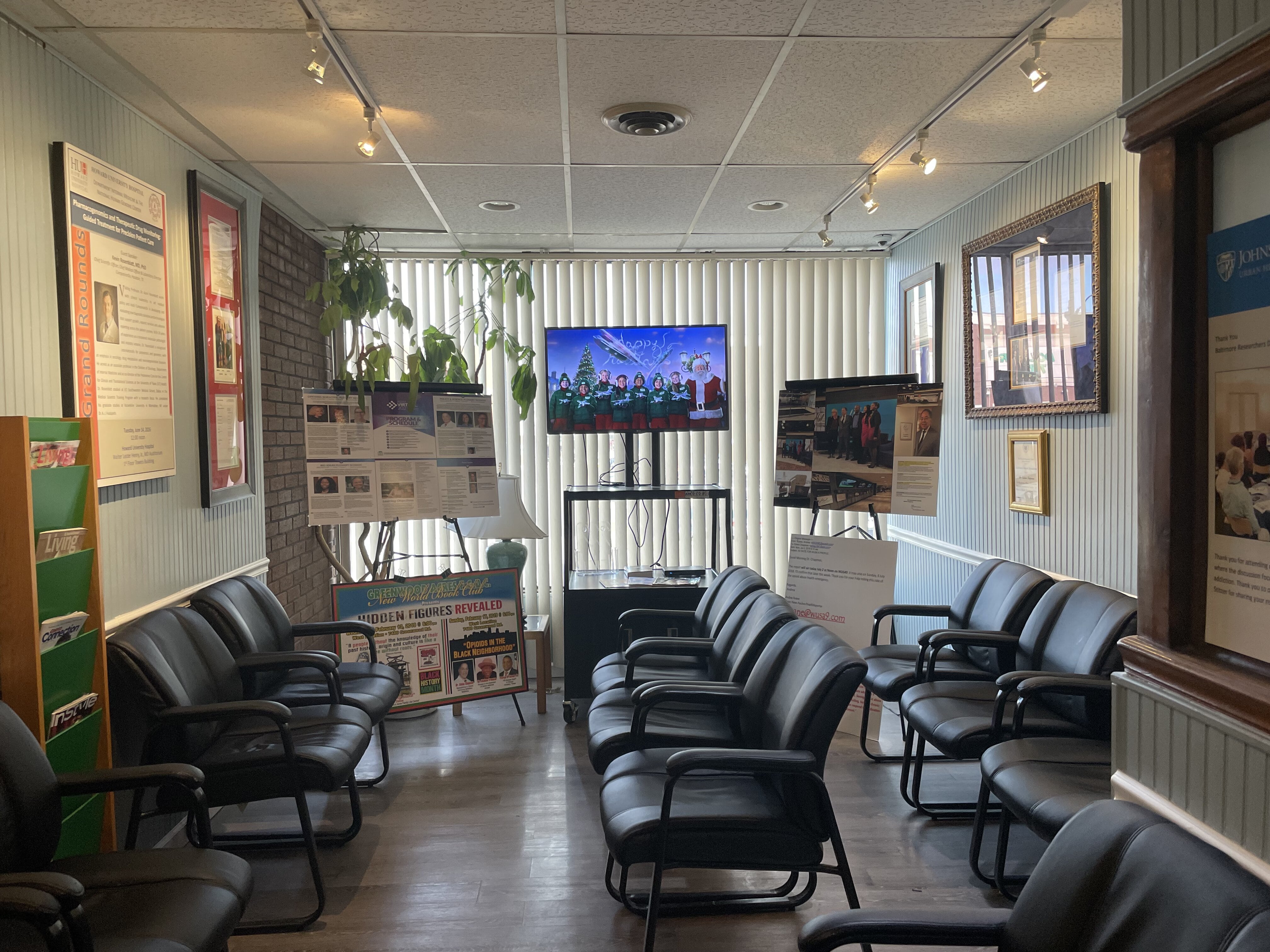Project January 12, 2022
Hope Above All Else: Innovating To Save Lives During the Opioid Epidemic
Country:

The opioid epidemic has been in the spotlight during the last few years, leading to countless front-page headlines of accountability lawsuits, accusations of neglect, and rising death tolls. Cities and community-based organizations, in turn, have responded to the crisis in pioneering ways—by recognizing the value of harm reduction and fighting to make strategies accessible to those who need them the most.
Despite increased funding, dedicated resources, and community organizing, in 2020, there was a 46 percent increase in fatal opioid overdoses in Washington, D.C. The COVID-19 pandemic dismantled the safety-through-solidarity model that had been relied on to save lives. With social distancing, friends and neighbors were less likely to be present in times of overdose and administer naloxone, an overdose reversal agent. This, combined with the rise of the potent opioid Fentanyl, proved to be a deadly and devastating combination for the country, including in the nation’s capital.
Communities desperate to save lives have turned to unprecedented tactics, including prospective safe consumption sites—hygienic, supervised, and stigma-free spaces where neighbors can come and inject drugs. In this report, Esha Mehta explores D.C.’s progress on instituting a site like this, investigating the perspectives of both addiction specialists and the recovery community. With the backdrop of New York’s recently established safe consumption sites, this project asks the question: What must we do to save lives?






